
We kindly inform you that, as long as the subject affiliation of our 300.000+ articles is in progress, you might get unsufficient or no results on your third level or second level search. In this case, please broaden your search criteria.



Church Slavonic manuscript collections in Poland hold over forty copies of homilies and encomia traditionally attributed to Clement of Ohrid. Although scholars have known about these copies for years, they have not been subjected yet to detailed linguistic and textual studies. The analysis of the works from the Lenten and Paschal cycles reveals that part of the copies retain old linguistic features – spelling and lexical units – from South Slavonic manuscripts which, no doubt, were still in use in areas of Western Russia during the 14th–16th centuries. As a rule, Clement’s works were faithfully copied, but there are occasionally examples of textual interventions that evince editorial activity by local scribes and compilers. The source material confirms the opinion that, within the Polish-Lithuanian state, Russian Orthodoxy was actively drawing from the South Slavonic literary tradition.
More...

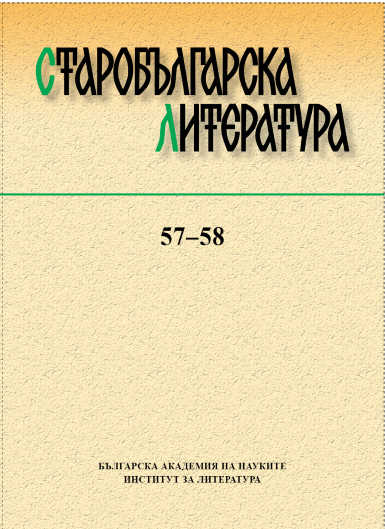
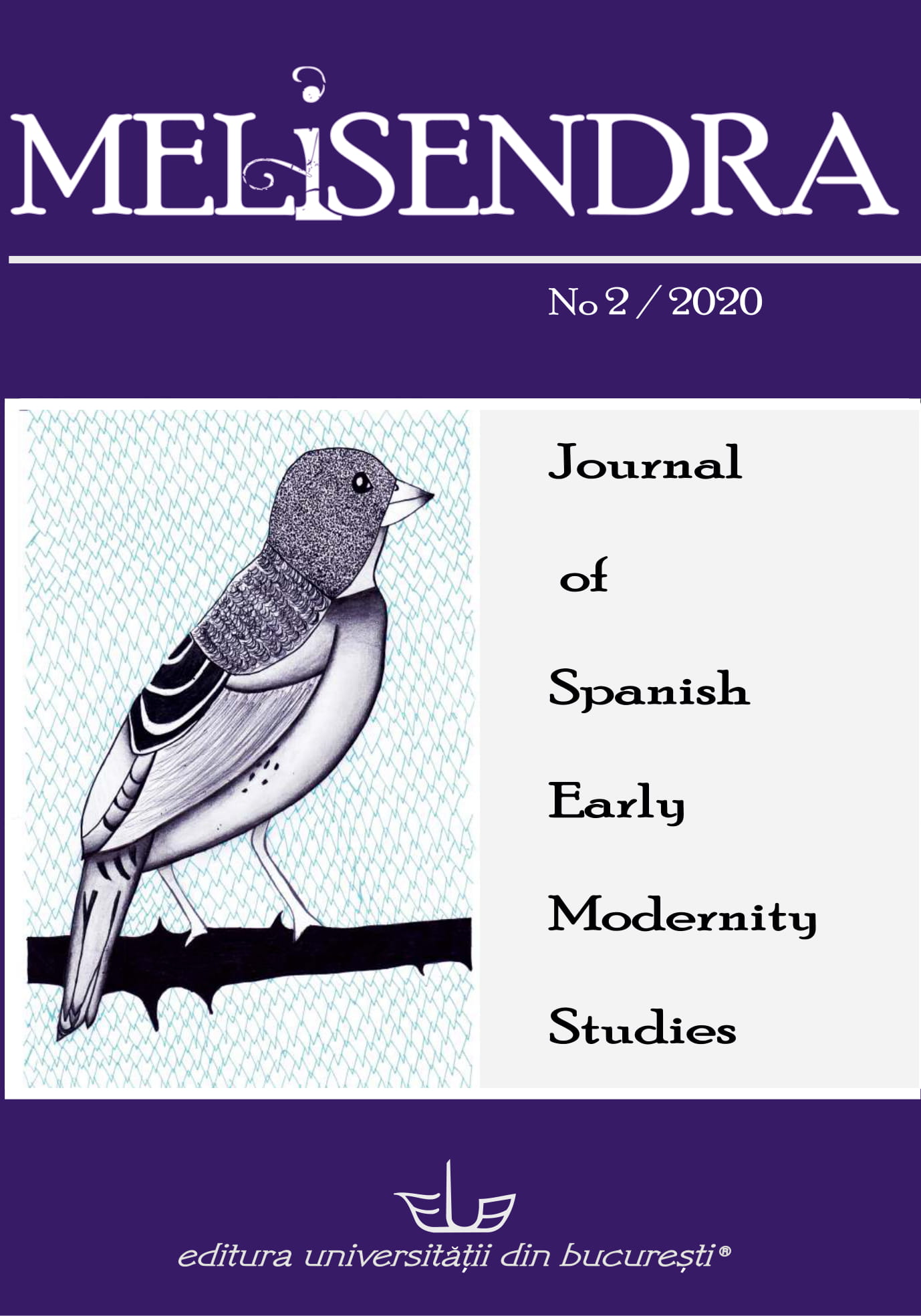
La batalla de Lepanto ocupa un lugar de excelencia en la Historia y enLiteratura de España, un capítulo que ha servido para crear una conciencia común degloria del pasado. Más allá de Cervantes, muchos han sido los autores, contemporáneosal complutense y posteriores, que han contribuido a magnificar la mayor empresa bélicadel siglo XVII y, con ello el carácter heroico de los españoles que en ella batallaron. Noobstante, hay textos en los que, contrariamente, este aspecto memorable se vioempañado por el surgimiento de obras que ofrecen una visión muy distante de laasumida como oficial. Este es el caso de La Austríada, un texto de carácter cronístico enque se ofrece un retrato de los ejércitos españoles en el escenario lepantino formado porsoldados no profesionales, entre los que la delincuencia y la piratería eran las actitudesmás frecuentes.
More...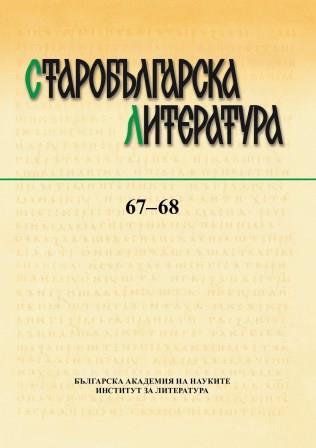
St Andrew of Crete’s Canon for the Nativity of St John the Baptist in Tone Four is a polymelodic composition. The odes are composed of two or three troparia which follow different heirmoi. This canon has an early Old Bulgarian translation, which went through several revisions. The article provides a comparison of nine Slavonic copies of this canon, whereby four Slavonic redactions can be distinguished. The first redaction is represented in the Dragota Menaion, the Sinai Menaion and the Ohrid Menaion. In this redaction, the second ode is missing and the odes consist of four troparia each. The second redaction is represented in the Menaion of Dobrian, the Menaion of Dragan, the Palauzov Menaion and Menaion Khludov 166 (kept in the State Historical Museum in Moscow). The second ode was added in this redaction, and so were several troparia (from three to five) in each ode. The third redaction is represented in the East Slavic menaia Sin 895, kept in the State Historical Museum in Moscow, and Sof 206, kept in the Russian National Library in St Petersburg. It is based on the second redaction, but does not contain the second ode. In this redaction, the texts of the troparia are revised and the sixth, seventh and ninth odes are composed of troparia which are different from those in the South Slavic menaia and follow different heirmoi. The fourth redaction is represented in Manuscript No. 2/8 from the Rila Monastery and in all new-redaction menaia (i.e., menaia structured according to the Jerusalem typikon and composed mainly during and after the fourteenth century in Tarnovo or on Mount Athos), including printed Church Slavonic menaia which are used in liturgy to this day. In it the second ode is missing, and the third, fourth, sixth, seventh and eighth odes are composed of troparia which are different from those in the old-redaction menaia (structured according to the old Studite typikon and composed before the fourteenth century) and follow different heirmoi. The text of the first and fifth odes is based on the second redaction, with some revisions.
More...
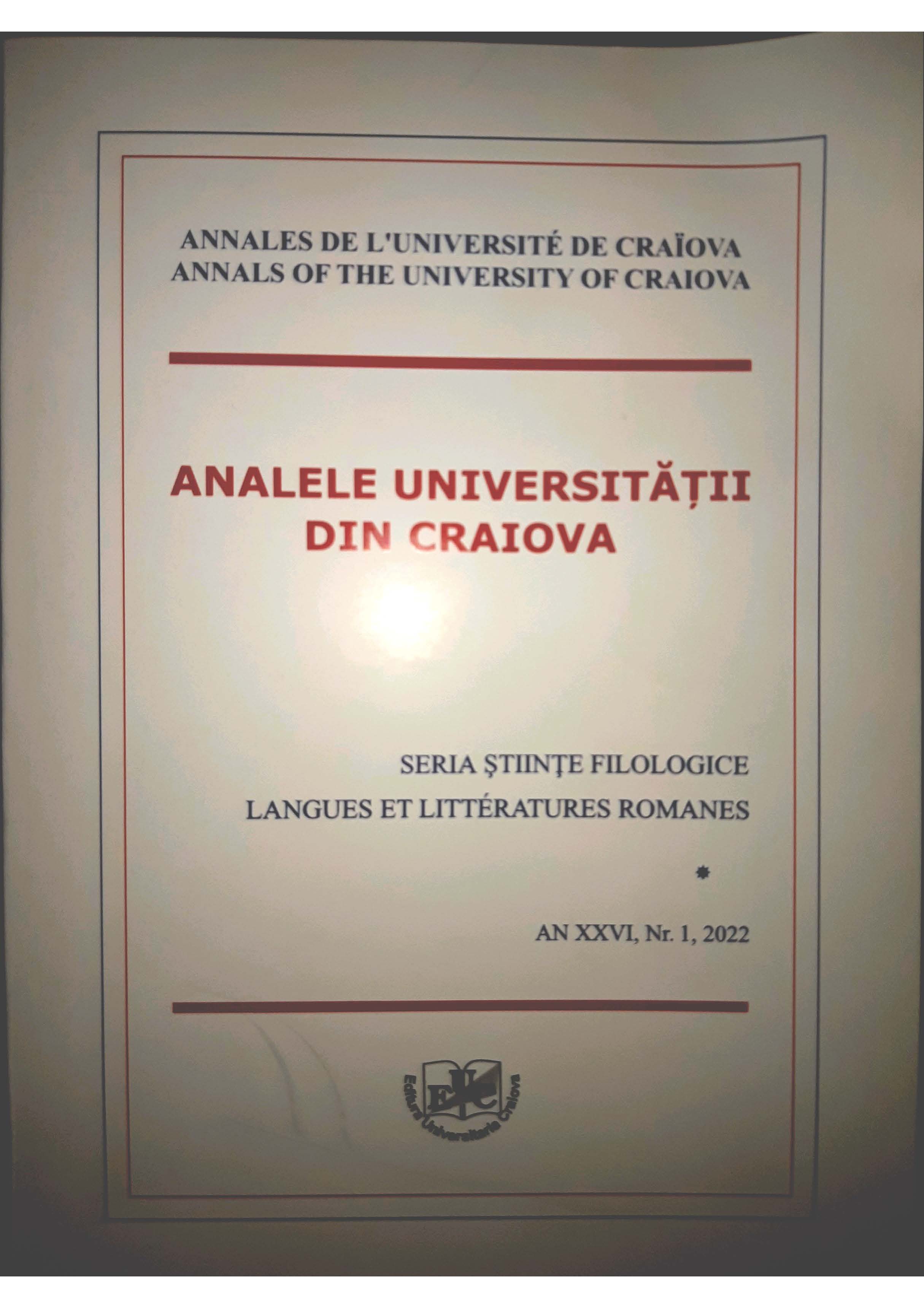
In these two texts, Zweig Stefan lucidly describes the fear that eats away people who are at fault. This feeling completely destroys the lives of the heroines. Thus, weakened, Irene and Mrs. C. are exposed to all kinds of emotion: fear, hatred, anger and madness succeed one another in their daily lives. Therefore, their confined existence, with no way out, is like an oasis. Through these writings and in a psychocritique approach, we find that fear is a stronger emotion than death. The victims of this feeling, weakened, tortured and profoundly scarred, lose all control. They live a cloistered and quiet life because of fear, and find their freedom only through speech and music.
More...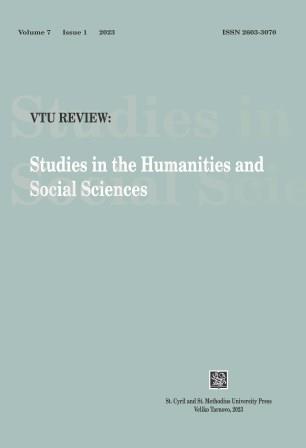
𝑇ℎ𝑒 𝑃𝑜𝑏𝑟𝑎𝑡𝑖𝑚: 𝐴 𝑆𝑙𝑎𝑣 𝑁𝑜𝑣𝑒𝑙 by P. Jones, published in 1895 and dedicated to “His Highness, Prince Nicholas of Montenegro,” is an intriguing piece of literature, even though little is known about either the author or the book. With an intricate plot comprising multiple framed stories and presented by an omniscient narrator, the text centres on the exploits of two “blood brothers” and is of modest literary merit. However, it vividly portrays traditional values, customs, national costumes, places, superstitions, and has a distinct local feel. This article aims to identify and analyse the key folkloric elements present in 𝑇ℎ𝑒 𝑃𝑜𝑏𝑟𝑎𝑡𝑖𝑚: 𝐴 𝑆𝑙𝑎𝑣 𝑁𝑜𝑣𝑒𝑙 and to provide a commentary on the novel from the perspective of cultural history.
More...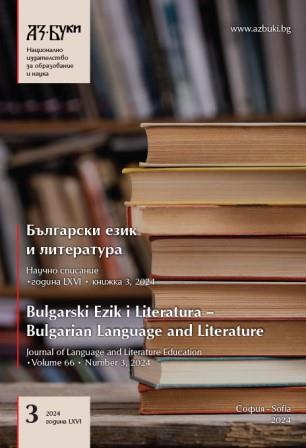
In the article I bring the issue of using fairy tales in creating emotional social skills among children. It occupies a special place in bibliotherapy on the grounds of unique effect. The fairy tales strengthen, in fantastic form, the regional views on human intercourse and show ideals of good and justice and criteria of assessing human actions. Thanks to fairy tales, they stimulate moral development and enable to adapt socially accepted patterns of behaviour. In fairy tales the life matters are shown. They try to answer the question what the world is, which rules it governs and how to cope with fears and risks.
More...
The article presents part of the results of a research activity carried out under the project “SUMMIT – Research, testing and analysis of the implementation of innovative approaches in the education of students and pupils from 1st to 4th grades – Part I”. The goal is for students to be prepared methodically and correctly to develop the topics related to studying/teaching works from Bulgarian folklore, included in the 27 alternative reading books from first to fourth grade, through which the “Literary Education” component is realized. Tables No. to No. 14 show the number and titles of texts from Bulgarian (and foreign) folklore that are included in the analyzed 15 reading books for first and second grade. The relative share of works from Bulgarian folklore, compared to the total number of studied works, as well as texts that are present in more than one reading book, is highlighted.
More...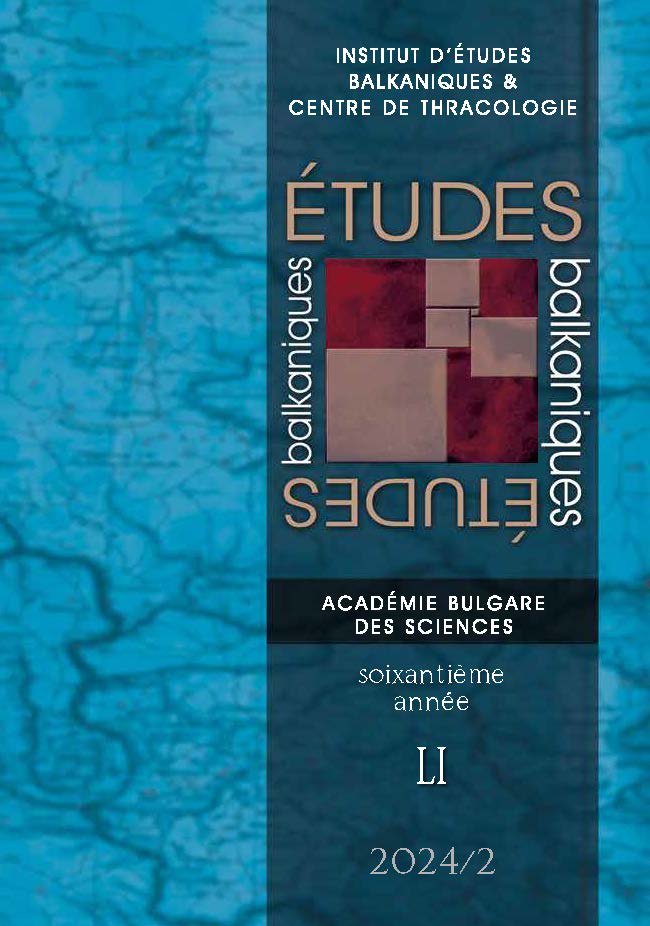
The text summarizes a corpus of articles in the field of Balkan Cultural Studies published in the journal Études balkaniques during the period 2014 – 2023. In view of the plethora of topics and methodological approaches, the review is structured in three main categories covering the following areas: Literature and Cultural Relations, Theatre and Cinema, Visual Culture. The text outlines the general tendencies and contributions observed in the above-mentioned publications.
More...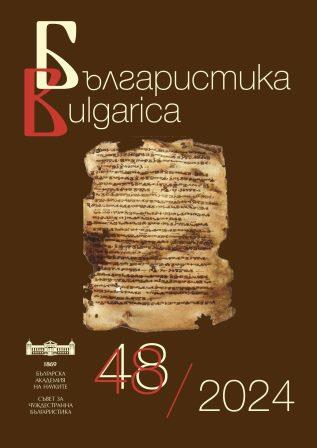
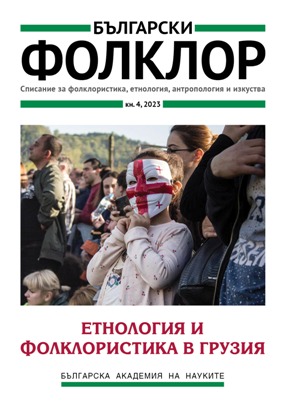
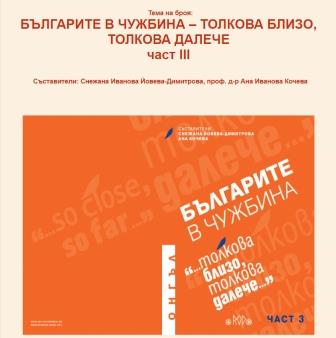
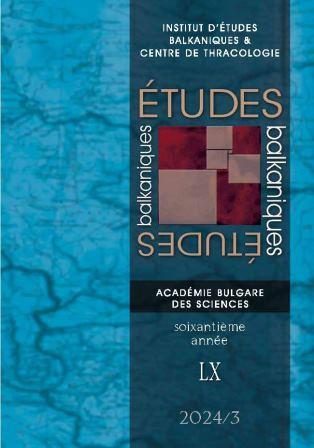
The article examines Vesna Parun’s journey to Bulgaria as a mental construction, whose optical framework is the meeting ground of the dialogue about borders and identities, about surmounting time and space, about the physical and its metaphysical dimension, about escape and return. Immersed in the waters of the “inner self”, the author focuses on suggestion in order to invigorate intuition and unravel the essence of her own existence. The brainchild of her deep self-reflection and philosophical insights, her contact with Bulgarian topoi, artists, historical and cultural realities is presented as an ontological route that is a rationale for creative inspiration and a condition for spiritual resurrection.
More...
In Croatian literature, there is a long tradition of travelogues from South Slavic countries. In this work, three travelogues of Vesna Parun, the great Croatian poet of the 20th century, are interpreted. Vesna Parun lived in Bulgaria for several years in the 1960s. In her book of essays, travelogues and feuilletons, Nedovršeni mozaik (1990), three Bulgarian travelogues were published: “More bez sunčevih zalazaka”, “Djevojčica i vjetar” and “Probuđeni bakrorez”.
More...
During her stay in Bulgaria in the 1960s, Vesna Parun formed strong friendships with leading figures on the Bulgarian literary scene, and Bulgaria became a kind of second homeland for her. Here she wrote her poetry collection The Wind of Thrace, which not only testified to her enchantment with Bulgarian nature, culture, and history but also served as an important document for the development of her poetic views. Through the Thracian myth and Bogomilism, through the images of Sozopol, Nessebar, and the Hermit of Rila, as well as through the irony and anti-dogmatism in the Sofia poetic and philosophical circles, Vesna Parun began to infuse the image of Bulgaria in her poetry with strong nostalgic sentiments. In this way she traced mental bridges between her native home and language and her new Bulgarian homeland, which could not be completely destroyed even after the suppression of the Prague Spring in 1968 and her expulsion from Bulgaria. Vesna Parun is a known and valued poet in Bulgaria, and her work has not lost its impactful influence.
More...